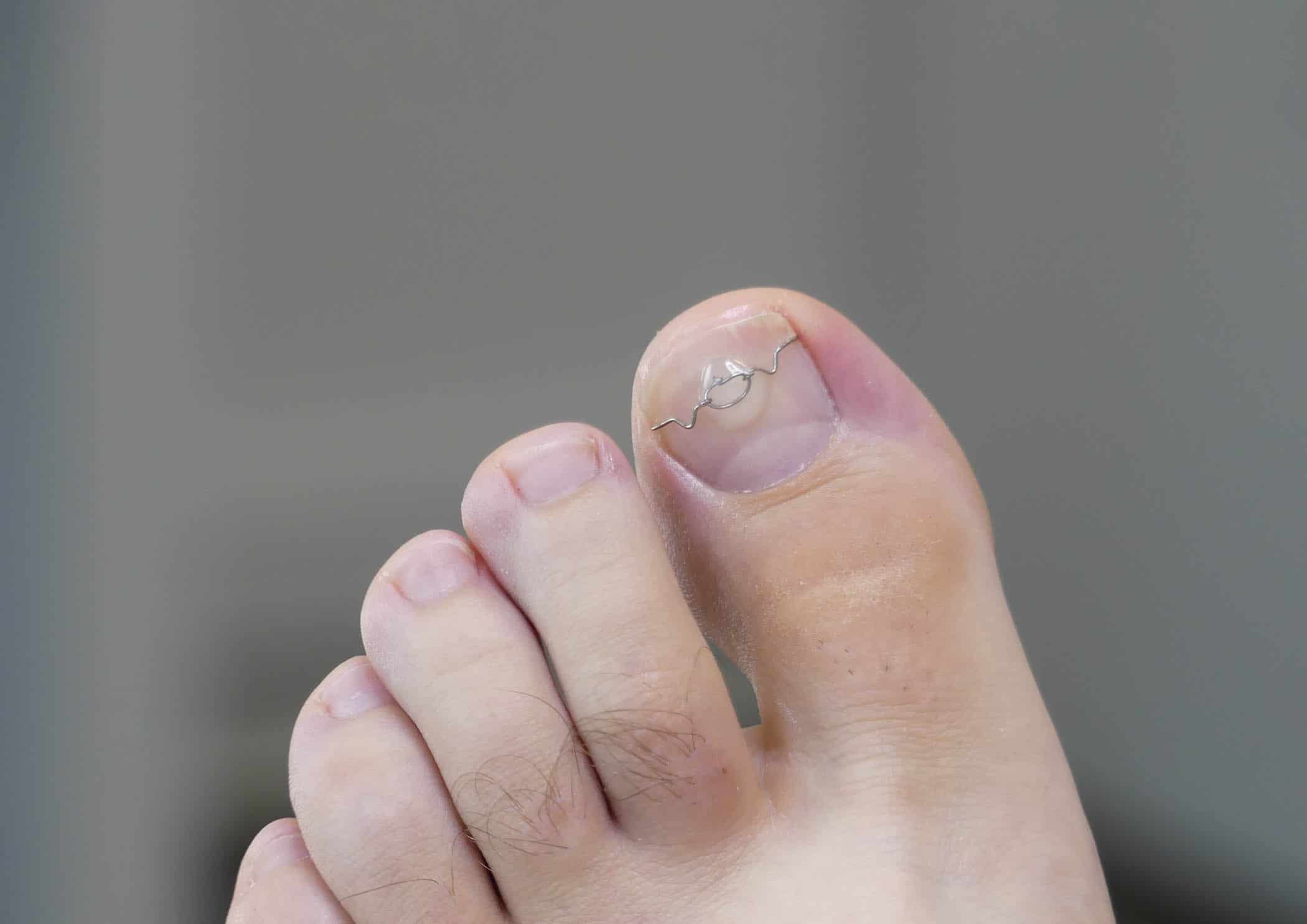Ingrown Toenails
If you have ever had one, you know what a nuisance a painful ingrown toenail can be. Yet despite the agony, we regularly see patients who wait to see us until their toe is swollen, inflamed, and the discomfort is unbearable.
In short, they are afraid the treatment will be worse than the condition!
We are pleased to inform you that this is not the case. In fact, we can not only quickly resolve your pain, but we can prevent your ingrown toenail from returning with a simple in-office procedure.
If you currently suffer from an ingrown toenail, do not wait another day! Let the professionals at InStride Crystal Coast Podiatry address this problem, alleviate the discomfort, and restore your toe’s health and function.
What Is an Ingrown Toenail?
An ingrown toenail is usually a result of the nail shape where the corner, edge, or border curls and embeds itself into the nearby skin instead of growing flat. This nail shape can be a result of an inherited trait, previous trauma, chronic shoe pressure, or a fungal infection. The large toe is the most commonly affected.
Over time, this wayward nail growth may result in:
- Significant toe pain
- Tenderness to touch, or pressure from socks, shoes, and even bed covers
- Swelling and redness along the nail border
- Pus and/or drainage from beneath the nail (an obvious sign of infection)
What Are the Main Causes of Ingrown Toenails?
In most cases of ingrown toenails, there is a genetic component. In other words, you inherited toenails that are prone to becoming ingrown simply by the way they are shaped.
However, there also may be contributing external factors at play. These can include:
- Wearing shoes that are too narrow or tight in the toe box.
- Cutting your toenails too short or rounding the corners.
- Injuring the toenail, whether it’s acute (like stubbing your toe) or repetitive trauma (common in runners).
- Fungal infections.


Can I Treat Ingrown Toenails at Home?
In the early stages of an ingrown toenail, you may experience relief with warm water Epsom salt foot soaks and by wearing sandals or footwear with additional room in the toe box. By the time an ingrown toenail becomes red, swollen, and draining, home therapy will be inadequate and will require professional care.
Patients with diabetes or peripheral vascular disease should never attempt home therapy and should seek medical care immediately as this condition can quickly escalate into a more serious limb threatening condition.
Permanently Fixing Your Ingrown Toenails
As previously stated, most ingrown toenails can be treated quickly, easily, and permanently in a single appointment. The treatment is relatively painless as it is performed with a local anesthetic.
This procedure changes the shape of the nail by eliminating the edge or edges which curl into the skin. Applying phenol on the exposed matrix (root of the nail) prevents them from growing back.
This simple procedure provides immediate relief and prevents recurrence.
What to Expect After an Ingrown Toenail Removal
Most people can return to their normal activities the day after the procedure. Rest and elevation are recommended for the remainder of the procedure date to control swelling and bleeding.
Physical activities, such as swimming or participating in certain sports or athletics, may need to be modified or withheld the first week, giving the toe a healing head start. This will be carefully discussed at your appointment. You will receive detailed instructions on daily bandage changes to facilitate the healing process, which usually takes two to three weeks.
We hope this information has reduced your apprehension and fear of seeing a podiatrist for your ingrown toenail!
Dr. Thomas J. Bobrowski and the professional staff at InStride Crystal Coast Podiatry are happy to help you eliminate your pain, prevent future ingrown toenails, and get you back to an active and healthier lifestyle. Please call us today at (252) 638-4700, or complete our online contact form to request an appointment.
